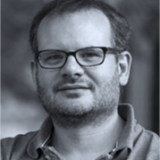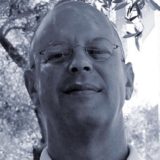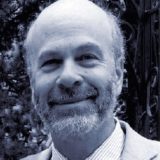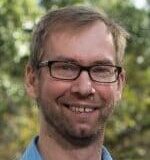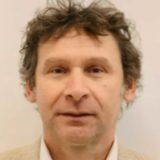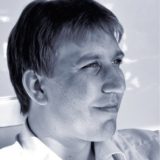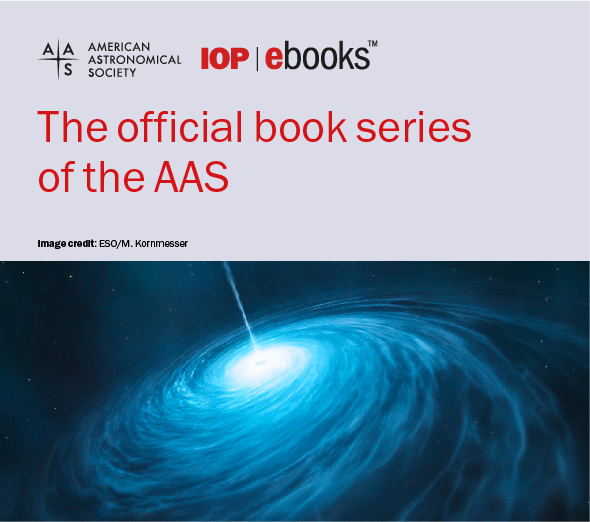Information on how to sign up for topical corridor and table of contents alerts.
Submissions to the AAS journals should be directed to one of the topical corridors, described below. Each corridor is managed by a different Lead Editor, and with a few minor exceptions, these corridors have been chosen to match existing IAU divisions. As it is inevitable that some submissions will fall near the boundaries of these corridors, the authors should choose the corridor that they believe best reflects the emphasis of the submission. The Lead Editors reserve the right to redirect manuscripts they feel would be better suited to a different submission corridor.
The AAS journal corridors do not uniquely define the division of subject material between The Astrophysical Journal and The Astronomical Journal. The corridor descriptions below include a brief explanation of which topics will be directed to each journal within the corridor. If authors wish to indicate a journal preference that does not correspond to these descriptions, they will have the opportunity to do so during the submission process. If necessary, they can add a justification for that choice to their cover letter.
Authors of relatively short articles of unusual significance and broad interest should select The Astrophysical Journal Letters at manuscript submission.
The Research Notes of the AAS is a new venue for authors to promptly and briefly share materials of interest with the astronomical community; submissions were first accepted in October 2017.



